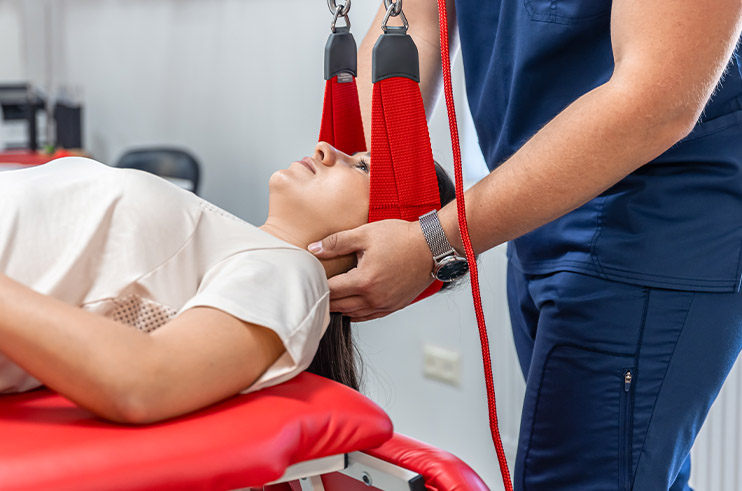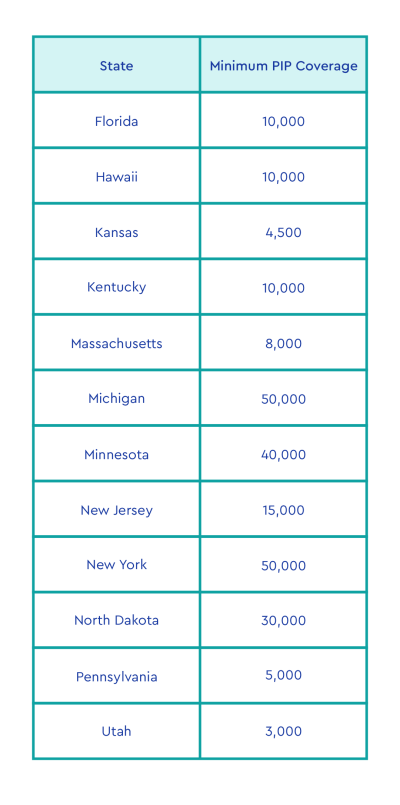
Driving is a luxury that many of us enjoy, yet it can also be a danger to society. On the one hand, it increases our ability to move through the world. Simultaneously, it is a significant cause of injury. In fact, the CDC claims that more than 14% of all traumatic brain injuries are the result of an automobile accident.
Brain injuries are a massive life disruptor. That is why seeking the help of trained professionals as soon as possible is essential to ensure you are on your way to a healthy recovery.
After completing the required post-accident elements: police reports, photos, testimonials, etc., make sure you schedule an appointment with an expert car accident injury chiropractor or your general doctor since they should also be able to diagnose your condition.
A large portion of auto accident victims do not feel pain immediately after their accident unless they suffer a severe injury. Often, this is caused by the abundant release of adrenaline and other hormones at the time of the accident. So, although you may feel fine now, it doesn’t mean you did not incur any injuries. For example, concussions or whiplash may hide their symptoms for months until they become noticeable and create havoc on your ability to function.
That is why seeing a chiropractic doctor within 72 hours is beneficial. They can determine whether you are actually injured and provide professional medical documentation of your injuries and treatments. This will help hold insurance companies responsible for these expenses, so you do not have to pay out of pocket for injuries you did not cause. Please check your local state for the window of time that they allow you to seek medical help.
It varies depending on your local state government. Some local authorities require all drivers to have Personal Injury Protection Coverage Insurance (PIP), while others do not. We highly recommend you explore your local government regulations regarding your state to learn if your state is an “at-fault state” or “no-fault state.” Depending on your state, you may be able to charge the car insurance for the time you spent with your client after their car accident.
The difference between at-fault and no-fault insurance policies is whether the victim has a right to sue. It also helps define who pays for the injured party’s damages.
This is the most popular type of insurance protocol in the United States. More than 37 states have this style of insurance. At-fault systems are based on tort liability. This means that each insurance company pays for the damages sustained according to the degree of fault of each party. Within At-fault states, insurers of both parties will review the details and judge which driver should be held responsible. If the situation is clear-cut, or one party admits that they caused the accident, the at-fault driver’s auto insurance should pay for any property damage, medical bills, and any other additional compensation for other damages. However, if it’s unclear who or what initiated the accident, a claims adjuster gets involved to dig deeper into the cause. This may lead to a longer reimbursement time for medical expenses and more paperwork.
However, within these styles of states, an individual may sue if they feel the amount of payout provided by the insurance company was insufficient.
The driver who caused the accident is not responsible for covering the associated medical bills of the other parties involved. For this reason, all drivers in this state are required to carry a minimum amount of PIP. This aims to help reduce the caseload for judges in small-claims court.
This type of insurance policy does provide a limited right to sue. Individuals may be able to sue for non-economic damages. However, different states that recognize no-fault insurance policies have established different thresholds for the minimum amount of damages necessary to pursue such a claim. That is why you must contact your local state government for clarification.
The states with no-fault car insurance in the U.S. are Florida, Hawaii, Kansas, Kentucky, Massachusetts, Michigan, Minnesota, New Jersey, New York, North Dakota, Pennsylvania, and Utah. See the chart below to see the State Minimum PIP Coverage:

Kentucky, New Jersey, and Pennsylvania are considered “choice” states because they allow drivers to choose either an at-fault or a no-fault insurance policy. So, make sure to check each individual’s personal car insurance.
Cognitive rehabilitation after a car accident can help to achieve a quick return to life before the accident. Car accidents are no joke – they are dangerous and can be life-altering. Our purpose here is to help clinicians provide the best care for their clients who have suffered a brain injury in a car accident. Many of us take our health and wellness for granted until we encounter a life-changing situation like a brain injury and realize how good we had it before. So, let’s make it as easy as possible to seek high-quality care after a car accident and return to daily life.
Pulling from our decades of experience in Cognitive Therapeutics, we aim to help you enrich your practice through the use of digital and paper tools.
Pricing + Offers


© 2023 HappyNeuron is a Product of Humans Matter